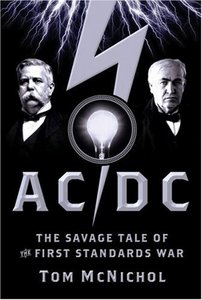When I was studying Electrical Engineering, I was told that the US uses 120 volts because it was first to electrify. We had the first electrical systems in the 1870's/1880's and had the first large-scale electrification starting in the early 1890's, back when light bulbs had only carbon filaments. Apparently, carbon filaments worked best near 100 volts, but utilities picked slightly higher supply voltages like 110 and 120 to compensate for voltage drop. They reduced copper costs by using the hot-neutral-hot split-phase scheme we still use in residential, but most appliances were invented after lighting and so were designed to plug into lighting sockets that people already had installed, and thus to use lighting voltage and not to use the full voltage.
Europe however got started on large-scale electrification later, starting in the early 1900's. Europe (mostly Germany - Siemens et al) got started by using our electrical utility equipment and standards, but by then light bulbs used metal filaments and 220-240 volt bulbs were available. Using those, they could save more copper by running only two wires instead of three, ignoring the center tap and grounding one of the other wires instead. Appliances were built accordingly. The US, meanwhile, was already standardized on lower voltages. Other countries tended to adopt either the standard of their colonial overlord who forced it on them or the standard of their neighbors so that they could share power.
I don't know how true this is, but it has always made sense to me.



